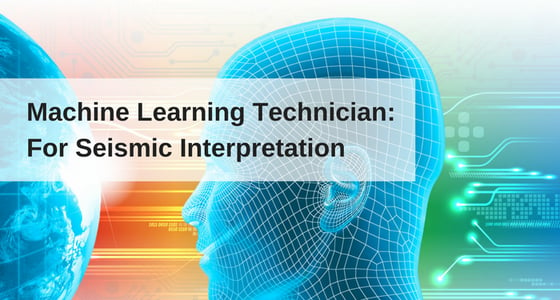
In August, a battle occurred in front of thousands of onlookers where an AI bot (a bot is software that can respond back to user inputs) beat a professional human player at one of the gaming industries' most popular and involved video games – Dota 2 (Defense of the Ancients).
So an AI bot beating someone (who spends a serious amount of time playing video games) at a game you most likely have not heard of, should you be impressed?
The simple answer is yes.
Dota 2 is a real-time battle and strategy game that requires strategic thinking. However, unlike board games, Dota keeps vital information hidden from players. This means that imagination and intuition is required to predict and preempt what your opponent will do.
You might ask if imagination and intuition is required to beat a professional player, how did the AI bot achieve this victory? Ignoring all of the technical challenges, the AI bot simply played against itself and learned skills and strategies that were successful. This is unlike other AI bot champions that learned strategies by observing human matches.
This is all very interesting but what has this got to do with seismic interpretation? Nothing, and potentially everything, so humour me if you will.
As you all know, seismic interpretation is a complex and often subjective task where hard and soft data is combined to make predictions and interpretations. In the absence of a well tie or other “hard” data, the confidence of an interpretation can be effected by several factors, including quality of the seismic data the complexity of the reservoir system and the experience of the interpreter. Although data quality can be significantly improved using processes such as Geoteric’s Noise Expression, the ability to compensate for an interpreter’s inexperience is harder to solve.
Obviously, experience is gained over time, so how can the confidence in an interpretation be maintained as this experience is gained?
One way involves guidance from more experienced colleagues whose preconceived notions and geological insights are shared, discussed and passed on. Whether in Exploration or Production, there are individuals who are regularly called upon to give a second opinion or to act as a sounding board to discuss a geological conceptual model.
What if I now said this additional experience and knowledge could be captured and used to automatically give you a second opinion or suggest alternates? A machine learning technician if you will. You might think such a technological advance is a long way off, but I can tell you it is closer than you think.
Seismic interpretation often requires imagination and intuition. Technology already exists that can learn strategies through observation and experience – such as the AI bots learning strategies for playing games.
Beyond the gaming industry, machine learning has been used to learn how to segment blood vessels from medical images by observing clinicians manual blood vessel depiction (one deep learning network for each clinician). In fact, the machine learning has been so successful that the bias or style of each clinician’s blood vessel segmentation was mimicked.
Capturing interpretation style could be good or bad, depending upon your objective. However, being able to select your machine learning technician (based on their known area of expertise) to augment your seismic interpretation is an exciting prospect.

